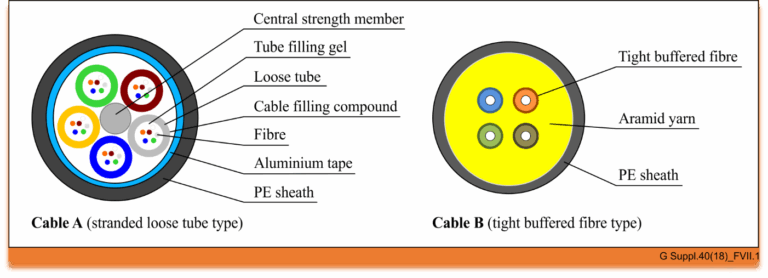HomePosts tagged “Network Design”
Network Design
Showing 1 - 4 of 4 results
Optical networks are the backbone of the internet, carrying vast amounts of data over great distances at the speed of...
-
Free
-
March 26, 2025
While single-mode fibers have been the mainstay for long-haul telecommunications, multimode fibers hold their own, especially in applications where short...
-
Free
-
March 26, 2025
The world of optical communication is intricate, with different cable types designed for specific environments and applications. Today, we’re diving...
-
Free
-
March 26, 2025
In the realm of telecommunications, the precision and reliability of optical fibers and cables are paramount. The International Telecommunication Union...
-
Free
-
March 26, 2025
Explore Articles
Filter Articles
ResetExplore Courses
Tags
automation
ber
Chromatic Dispersion
coherent optical transmission
Data transmission
DWDM
edfa
EDFAs
Erbium-Doped Fiber Amplifiers
fec
Fiber optics
Fiber optic technology
Forward Error Correction
Latency
modulation
network automation
network management
Network performance
noise figure
optical
optical amplifiers
optical automation
Optical communication
Optical fiber
Optical network
optical networking
Optical networks
Optical performance
Optical signal-to-noise ratio
Optical transmission
Optical transport network
OSNR
OTN
Q-factor
Raman Amplifier
SDH
Signal amplification
Signal integrity
Signal quality
Slider
submarine
submarine communication
submarine optical networking
Telecommunications
Ticker




